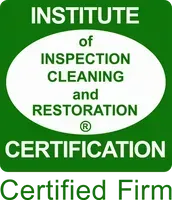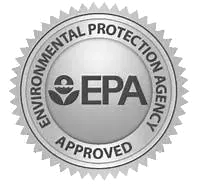Insurance Help
We Handle the Paperwork, So You Don’t Have To
Navigating insurance claims after a disaster can be overwhelming, but we’re here to make it simple. At Bales Cleaning & Restoration, we work directly with your insurance provider to ensure your claim is processed quickly and accurately. From documenting damage to filing paperwork, we’ll take care of the details so you can focus on what matters most.

Get Insurance Assistance
Navigate Claims with Confidence
Understanding insurance claims can be overwhelming. Our resources provide expert guidance on filing claims, understanding coverage, and ensuring you get the support you deserve.
“Bales Restoration did a great job on my basement ceiling and walls after water seeped in from the unit above. Larry Martin and his technicians Tom and Drake were very professional and super-competent. They were also easy to work with, and I felt very comfortable having them in my home!”
Janet K.
“We had a great experience with Bales Cleaning and Restoration. They helped us through a stressful situation. We needed water remediation, carpet cleaning, drywall repair, insulation replacement, and kitchen remodel. Bales is a trustworthy company with positive employees who demonstrate a caring attitude.”
Matthew G.
“I can’t say enough about the service I have received from Bales. They are responsive, coming out to address my problem right away. They communicate every step of the way about both the work and the cost, so there are no surprises. Their fees are reasonable and fair. I highly recommend Bales!!!”
Melissa S.
FAQs
What should I do if I find water damage?
Turn off the water source if possible, and call us immediately to start the restoration process.
How does mold spread, and how can I prevent it?
Mold thrives in damp, dark environments. Prevent it by addressing leaks quickly and ensuring proper ventilation.
Does my insurance cover fire damage?
Most homeowner policies cover fire damage, but specifics vary. We’ll work with your insurer to clarify your coverage and handle the claims process.
How soon can you respond to an emergency?
Our team is available 24/7, and we typically respond within hours of your call.
What makes Bales different from other restoration companies?
We’re locally owned, offer in-house construction services, and handle insurance claims on your behalf—providing seamless service from start to finish.
Get Expert Help Right Where You Are
Serving Saint Charles and Nearby Communities
At Bales Cleaning & Restoration, we’re proud to serve Saint Charles, MO, and the surrounding areas with fast, professional restoration services.
When you reach out, our friendly team will guide you through the next steps—from scheduling your assessment to answering all your questions.
Contact Us
We will get back to you as soon as possible.
Please try again later.
Trusted and Certified for Your Peace of Mind




